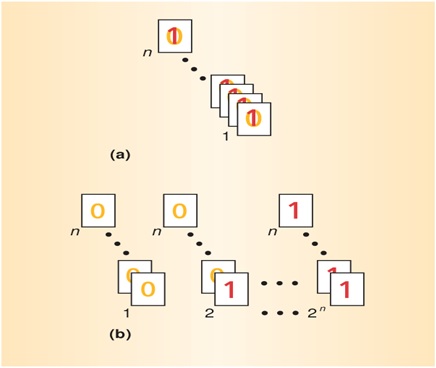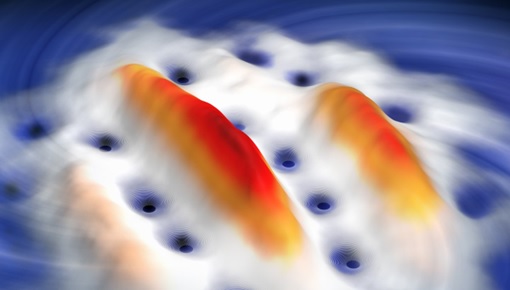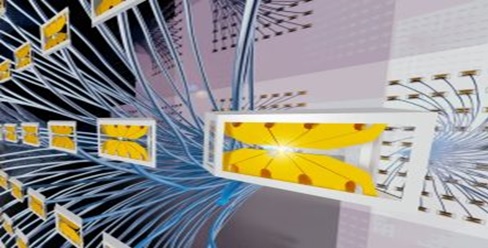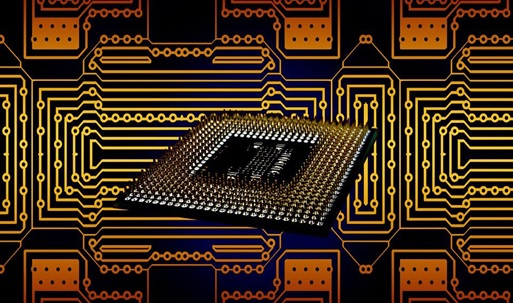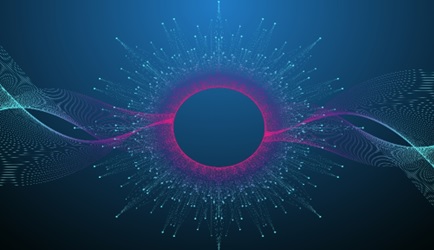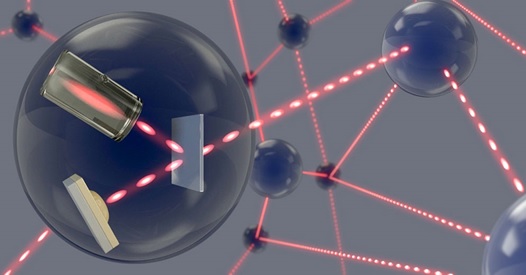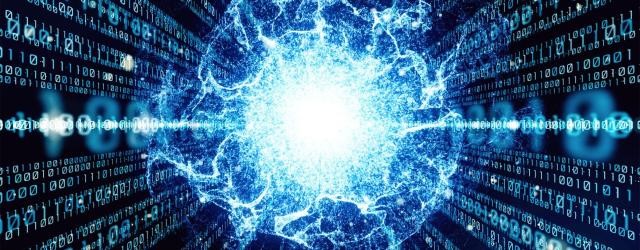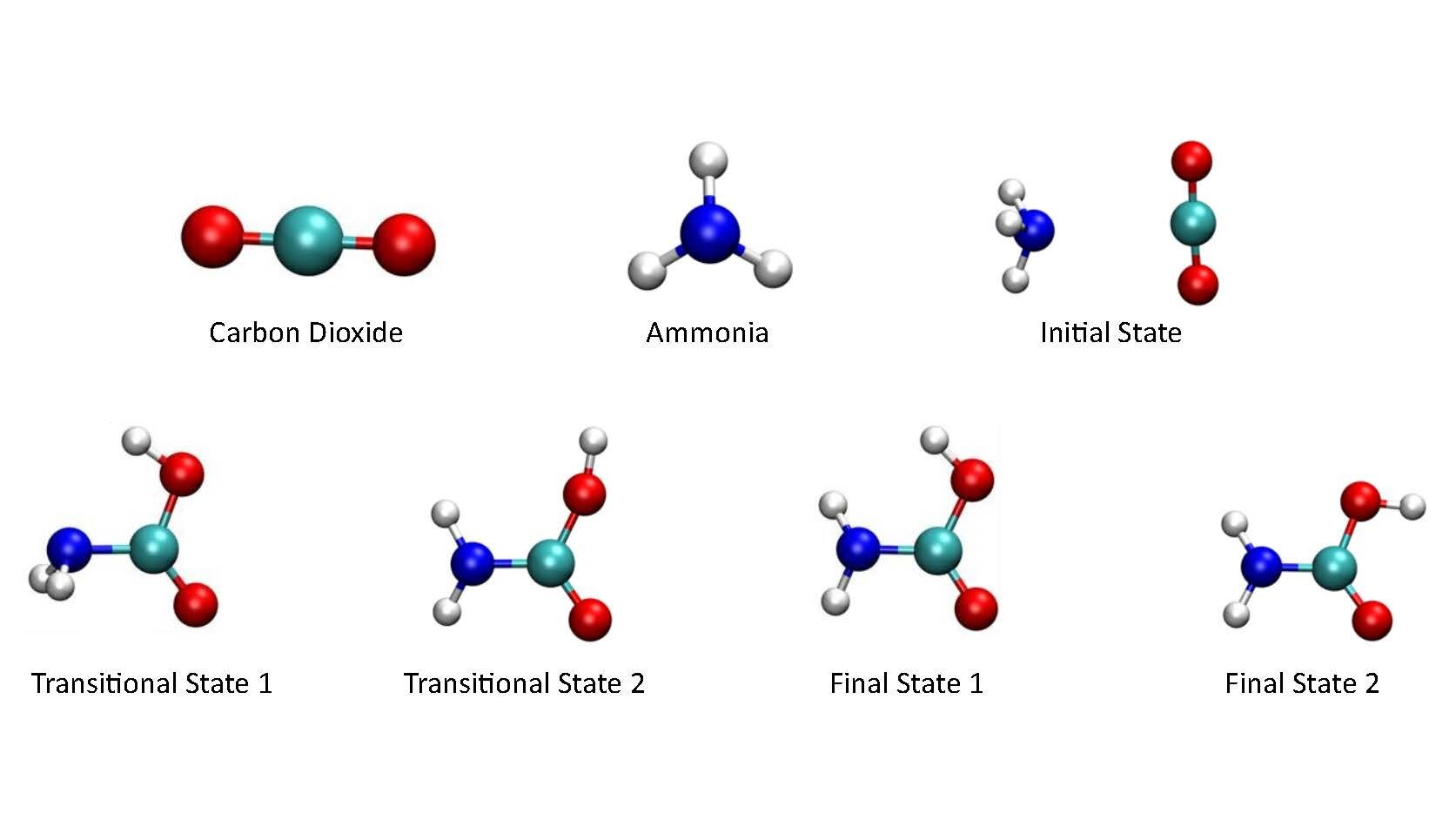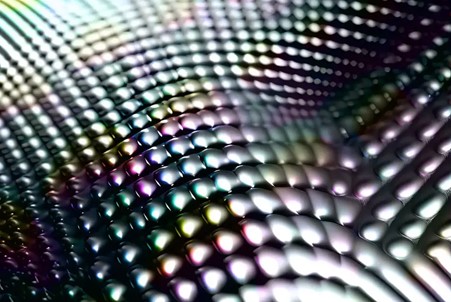Google Quantum AI - The World’s First Observation of Non-Abelian Braiding
Imagine you're shown two indistinguishable items and afterward requested to shut your eyes. Open them once more, and you see similar two articles. How might you decide whether they have been traded? Instinct and the laws of quantum mechanics concur: On the off chance that the items are genuinely indistinguishable, it is impossible to tell. [1]
While this sounds like good judgment, it just applies to our natural three-layered world. On the off chance that the indistinguishable items are confined to just moving in a two-layered (2D) plane, our instinct can in some cases fall flat. Quantum mechanics considers something peculiar: in 2D, it has been anticipated that unique particles, called non-Abelian anyons, exist. In this situation, it's feasible to tell that they have been traded, despite being unclear. [1]
Scientists had endeavored to understand their inquisitive way of behaving for quite a long time, however, until this past fall, nobody had succeeded. [1]

Figure 1. Google Quantum AI (Credit: Google Quantum AI)
Figure 1 shows Google Quantum AI In a paper distributed in the journal Nature on May 11, specialists at Google Quantum simulated intelligence reported that they had utilized one of their superconducting quantum processors to notice the particular way of behaving of non-Abelian anyons unexpectedly. They additionally showed the way that this peculiarity could be utilized to perform quantum calculations. Recently the quantum registering organization Quantinuum delivered one more concentrate on the point, supplementing Google's underlying disclosure. These new outcomes open another way toward topological quantum calculation, in which tasks are accomplished by winding non-Abelian anyons around one another like strings in a twist. [2]
Google Quantum AI team member and first author of the manuscript, Trond I. Andersen says, “Observing the bizarre behavior of non-Abelian anyons for the first time really highlights the type of exciting phenomena we can now access with quantum computers.” [2]
The team started by preparing their superconducting qubits in an entangled quantum state that is well represented as a checkerboard — a familiar configuration for the Google team, who recently demonstrated a milestone in quantum error correction using this setup. In the checkerboard arrangement, related — but less useful — particles called Abelian anyons can emerge. [2]
To realize non-Abelian anyons, the researchers stretched and squashed the quantum state of their qubits to transform the checkered pattern into oddly shaped polygons. Particular vertices in these polygons hosted the non-Abelian anyons. Using a protocol developed by Eun-Ah Kim at Cornell University and former postdoc Yuri Lensky, the team could then move the non-Abelian anyons around by continuing to deform the lattice and shifting the locations of the non-Abelian vertices. [2]
In a series of experiments, the researchers at Google observed the behavior of these non-Abelian anyons and how they interacted with the more mundane Abelian anyons. Weaving the two types of particles around one another yielded bizarre phenomena — particles mysteriously disappeared, reappeared and shapeshifted from one type to another as they wound around one another and collided. Most importantly, the team observed the hallmark of non-Abelian anyons: when two of them were swapped, it caused a measurable change in the quantum state of their system — a striking phenomenon that had never been observed before. [2]
Finally, the team demonstrated how braiding of non-Abelian anyons might be used in quantum computations. By braiding several non-Abelian anyons together, they were able to create a well-known quantum entangled state called the Greenberger-Horne-Zeilinger (GHZ) state. [2]
The material science of non-Abelian particles is additionally at the center of the methodology that Microsoft has decided for its quantum figuring exertion. While they are endeavoring to design material frameworks that characteristically have these anyons, the Google team has now demonstrated the way that similar sort of physical science can be acknowledged on their superconducting processors. [2]
Last week the quantum computing company Quantinuum released an impressive complementary study that also demonstrated non-Abelian braiding, in this case using a trapped-ion quantum processor. Andersen is excited to see other quantum computing groups observing non-Abelian braiding as well. He says, “It will be very interesting to see how non-Abelian anyons are employed in quantum computing in the future, and whether their peculiar behavior can hold the key to fault-tolerant topological quantum computing.” [2]
References:
- https://blog.google/technology/research/an-important-step-towards-improved-quantum-computers/
- https://scitechdaily.com/google-quantum-ai-braids-non-abelian-anyons-a-breakthrough-that-could-revolutionize-quantum-computing/
Cite this article:
Hana M (2023), Google Quantum AI - The World’s First Observation of Non-Abelian Braiding, AnaTechMaz, pp.109


